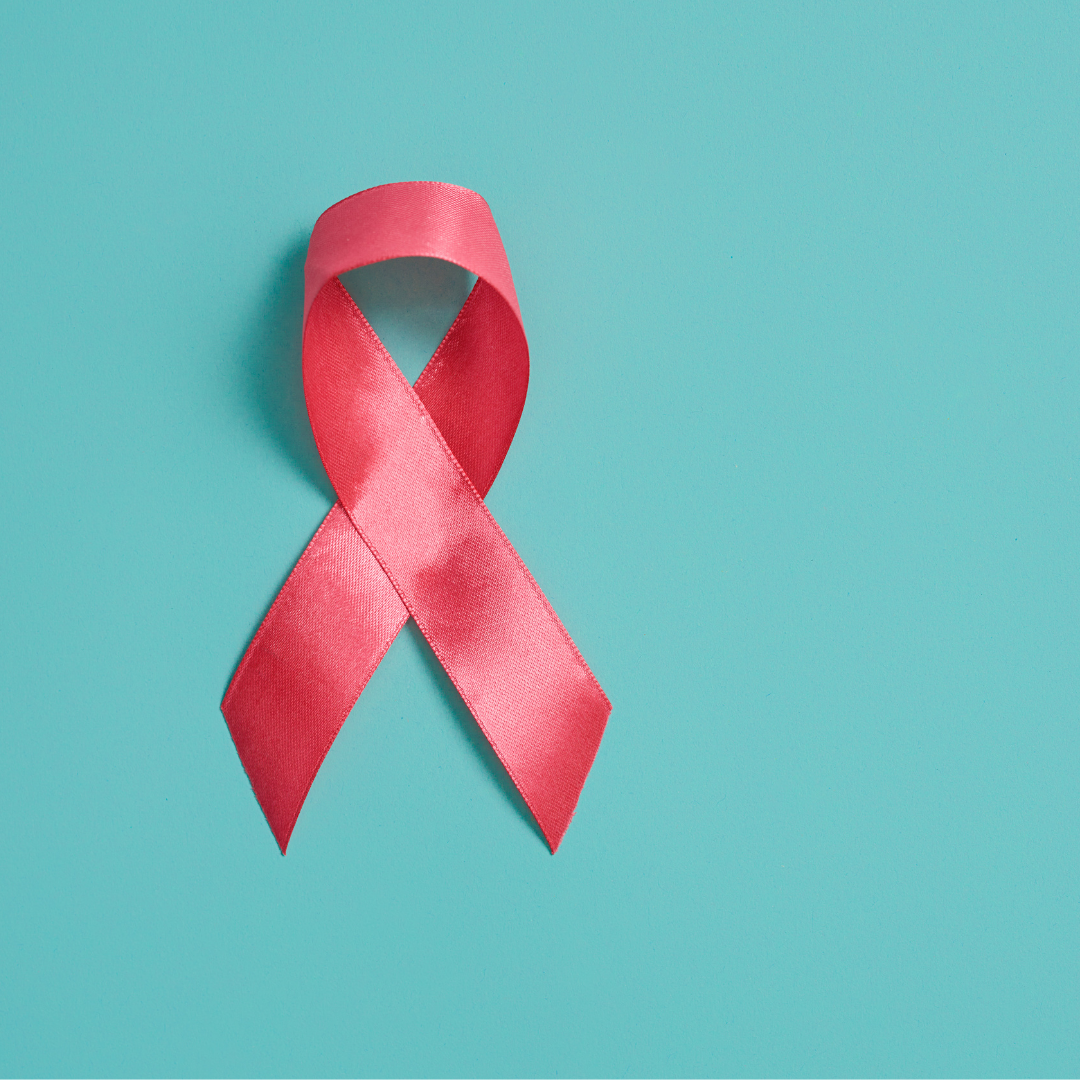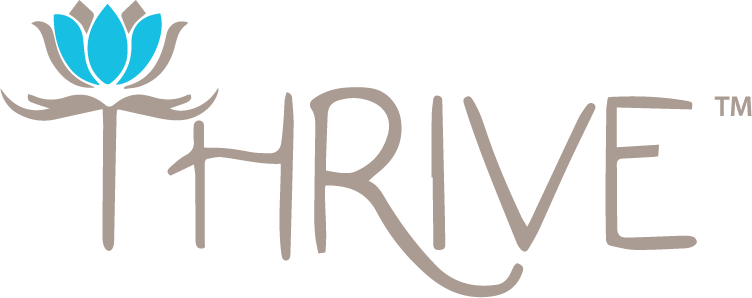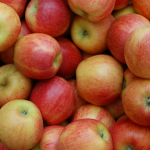
More Evidence to Support Primary Prevention in Breast Cancer
More Evidence to Support Primary Prevention in Breast Cancer
 Dr. Nancy A. Palermo MD
Dr. Nancy A. Palermo MD
A landmark study published in BMJ of Oncology by researchers at the University of Edinburgh looked at the impact of 29 cancers in individuals ages 14 to 49 in over 200 countries over 30 years. The data was disturbing as it showed a 79% increase in the incidence of cancers in individuals less than age 50 over the 30-year period. This accounted for over 3.26 million cases.
The researchers postulated that it is not genetic factors contributing to this increase but rather environmental factors like our diet high in processing and added sugars, alcohol use, smoking, physical inactivity, obesity, and environmental toxins and influencers.
Our genes have not changed in the past 30 years, but our environment has.
This is evidence that we must address these factors to change this trend. At the current rate, the researchers estimate that the global number of new early-onset cancer cases and associated deaths will rise by a further 31% and 21% by 2030, with people in their 40s the most at risk. Breast cancer accounted for the largest number of cases and associated deaths, at 13.7 and 3.5 for every 100,000 of the global population, respectively. After breast cancer, the highest death tolls were linked to windpipe, lung, stomach, and bowel cancers. The steepest increases in deaths were among people with kidney or ovarian cancer. The highest rates of early-onset cancers in 2019 were in North America, Oceania, and Western Europe.
Cancer has been considered a disease of older populations, but this study has gotten the attention of many in the healthcare arena, especially those who practice Functional Medicine. We recognize that our diet and lifestyle drive this increase in younger individuals; thus, prevention can alter this trend.
The fear of breast cancer is at the forefront of many women’s minds, and many let the pink focus in October increase them.
In October, “Breast Cancer Awareness” is a great time to remind women that the increase in breast cancer must be addressed by screening factors. Mammograms, thermography, and HERs scans are great ways to aid in early diagnosis, but these are secondary prevention. They diagnose disease earlier, which can have an important impact on survival rates. We certainly want to encourage women to get testing done. But if we simply rely on these modalities to change the cancer trend, we would be in a disservice. More importantly, we must focus as well on primary prevention- addressing the factors that are driving the increase in disease and preventing it from occurring in the first place.
Hereditary factors only account for 5-10 % of breast cancers. The remaining 90% are caused by other factors so we have an important role we can play in prevention. Some important indices to investigate include the following:
- Optimizing Vitamin D levels.
Research suggests that women with low levels of vitamin D have a higher risk of breast cancer. Vitamin D may play a role in controlling normal breast cell growth and may be able to stop breast cancer cells from growing. Vitamin D helps the body absorb calcium, which is essential for good bone health, but newer evidence has shown its important role in immune function. Adequate availability of Vitamin D is paramount for its multitude of functions in the body, including its role in reducing inflammation, reducing the growth of cancer cells, and controlling infections.
Most women are deficient in this vitamin. If all women had normal levels, there would be 50,000 fewer breast cancer diagnoses yearly. Women should try to get some sunlight exposure daily and should take at least 2000-3000 units of Vitamin D3 a day. Blood levels should be checked at yearly visits to confirm they are adequate. The optimal range for vitamin D is 50-80 ng/mL.
- Optimizing Hormone Levels
Hormonal imbalances can contribute to increased breast cancer risk. Around the time of menopause, many women have excess estrogen production, which can increase breast cancer risk. New urine tests like the DUTCH test offer a doorway into the internal workings of your body’s system for breaking down hormones. Genetic mutations and nutrient deficiencies often result in problems with breaking down hormones properly, thus increasing your breast cancer risk. Optimal detoxification through the liver and gut can help to balance these hormones and reduce the estrogen excess known to drive up breast cancer risk.
Exogenous estrogens in foods and environments through body fat and hormones can also lead to excess estrogen. These exogenous sources of estrogen are generally unopposed and can stimulate breast cells, increasing their possibility of becoming cancer.
- Dietary Interventions
Adopting a whole foods diet rich in plants and cruciferous vegetables is a primary prevention that can greatly impact breast cancer prevention. Vegetables, like cruciferous vegetables, provide antioxidants and work as bi-modulators, which support all aspects of detoxification to improve the breakdown and removal of hormones once used by the body. The phytonutrients and antioxidants provided by fruits and vegetables can remove oxidative stressors that drive free radicals in cells, which ultimately can lead to cancer formation. Just be sure to buy organic whenever possible to avoid exposure to dangerous chemicals and pesticides, which can be stored in your fat cells, including those in your breast tissue.
Avoid artificially “hydrogenated” trans fats — found in margarine and many crackers, cookies, baked goods, and fried foods—as research has linked them to increased breast cancer risk. Similarly, the polyunsaturated omega-6 fats that you’ll find in vegetable oils have also been linked to breast cancer risk despite their deceptively healthy reputation. Instead, focus on healthy fats. Studies have shown that diets high in Omega 3 fatty acids are associated with a lower risk of developing breast cancer. Omega 3 fatty acids prevent inflammation and tumor growth throughout the body. Diets that include salmon, sardines, and swordfish, as well as flaxseed, hemp, and chia seed, are high in omega fatty acids. Most Americans are very deficient in fatty acid intake, so a dietary supplement is often needed. Dietary supplements of DHA (200-400 mg/day) or purified fish oil (1000- 3000 mg/day) can also be taken.
Reduce sugars and simple carbohydrates in the diet. A diet that is rich in sugar and refined carbohydrates causes the production of high insulin levels. The increase in insulin, in turn, causes an increase in IGF-1, a growth factor that has been shown to cause the growth of breast cells in utero. An increase in IGF-1 is associated with breast cancer. Higher insulin levels also cause cellular inflammation, which is also felt to be a precursor for all cancers. Thirdly, the increase in insulin levels also reduces the production of steroid-binding globulin (SBG), a protein produced to bind unopposed estrogens. A decrease in SBG would allow even more estrogen circulating in the bloodstream.
- Commit to Movement Every Day
Committing to physical activity can play a very important role in breast cancer prevention. Studies have shown that women who engage in moderate to strenuous exercise one hour four times a week may reduce breast cancer risks by 37%. This is related to reduced blood sugar and insulin levels and decreased body fat. Exercise is also a great stress reducer. Stress increases Cortisol, which contributes to fat deposition and inflammation. Lastly, exercise, especially strength training, can reduce body fat, which is an exogenous contributor to estrogen production.
- Remove BPAs, and Phthalates, and Parabens from Everyday Use
Bisphenol A was initially developed as a synthetic estrogen but was later replaced by DES, a known teratogen. Now, it is used in containers and to line cans. This substance mimics the action of estrogen and is linked to breast cancer, thyroid issues, and infertility. Aim to remove all items with this substance and only buy foods in BPA-free cans and containers. Never cook food in plastic containers as this cooks the chemical right into the food. Whenever possible, switch to metal or glass bottles or containers. BPAs have permeated our environment, so it is impossible to remove them completely, but the changes in your day-to-day practices will make a huge difference.
Re-evaluate all skincare and cosmetics. Many cosmetics have high levels of cadmium, phthalates, and parabens. Cadmium is a ubiquitous, heavy metal pollutant in the environment and in fertilizers. It is at high levels in many cosmetics. Studies have shown an association between toxic metals and breast cancer. Phthalates and Parabens are found in many cosmetics and also in 99% of breast cancer specimens. There are many options for organic paraben-free cosmetics available. (Check out EWG’s Healthy Living app for ratings on over 130,000 personal care, cleaning, and food products.)
- Rethink Your Relationship with Alcohol
While this is not a popular subject with many women, it is becoming impossible to ignore the negative association of alcohol with breast cancer. Alcohol is classified as a Group 1 human carcinogen by IARC. It is causally linked to 7 types of cancer. Studies looking at alcohol consumption have shown an increase in the risk of breast cancer. Some studies show a 60% increase in women who consume one or more daily drinks. Higher alcohol intake affects the functioning of the liver in detoxification and elimination of excess circulating estrogens. Aim to limit alcohol consumption to less than two drinks a week, and when alcohol is consumed, consider red wine, which is high in Resveratrol, a potent antioxidant that also reduces the action of Aromatase, the enzyme that produces estrogen in fat cells.
But to be clear, no alcohol is always better than any alcohol, even with the resveratrol. While no alcohol may not be the answer, reducing alcohol can help. However, a recent study published in April 2023 found that compared to women who don’t drink at all, women who have three alcoholic drinks per week have a 15% higher risk of breast cancer. Experts estimate that the risk of breast cancer goes up another 10% for each additional drink women regularly have each day. After reporting their findings, the researchers concluded there is no safe level of alcohol consumption.



